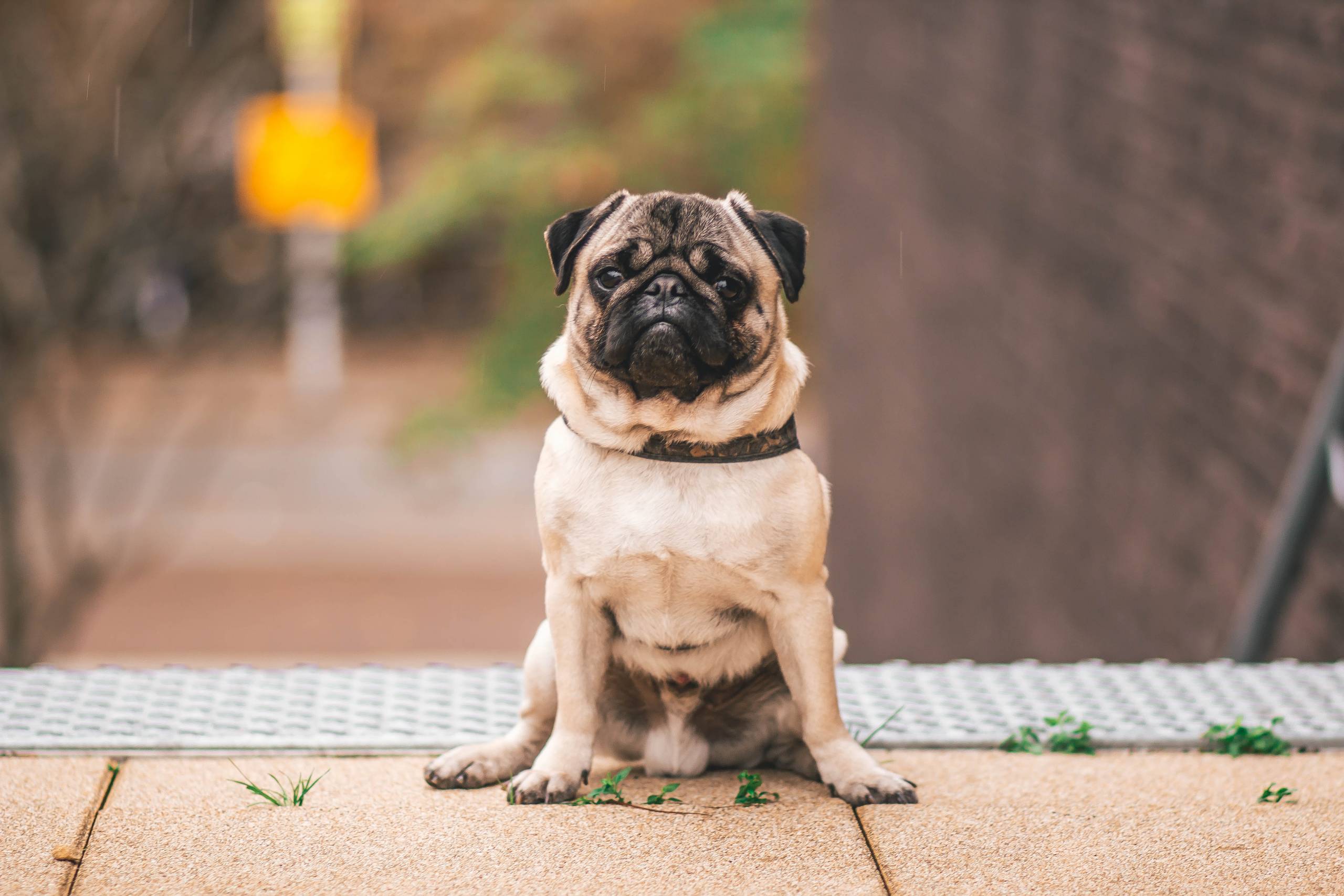Trimming a dog’s nails is a task many pet owners find daunting. It’s essential not only for your dog’s appearance but also for their health and comfort. Long nails can cause painful injuries, affect their walking, and lead to joint issues over time. While some dogs tolerate nail trimming better than others, the process can often create anxiety for both the pet and the owner. Knowing the easiest ways to trim dog nails can simplify this necessary task.
Choosing the Right Tools
Selecting the appropriate tools is fundamental. Several types of nail clippers are available, including guillotine-style clippers, scissors, and electric grinders. Each option has its advantages and disadvantages, so consider your dog’s size, age, and temperament when making a choice. For smaller breeds, a guillotine clipper may be effective, while larger dogs might benefit from a more robust scissor-type clipper. Electric grinders can work well if your dog is comfortable with the noise and vibration, as they often provide a smoother finish and help prevent splitting.
Creating a Calm Environment
Establishing a calm atmosphere is vital. Select a quiet area where your dog feels safe and relaxed. If your dog appears nervous, practice handling their paws without the clippers initially. Spend a few minutes each day gently massaging their paws and getting them accustomed to having their nails touched. This approach builds trust and reduces anxiety when the actual trimming begins.
Timing Matters
Choose a moment when your dog is calm, such as after a walk or play session, when they are likely to be tired. If your dog is particularly anxious or fidgety, consider having someone else hold them or using a snug blanket for comfort. Always use a soothing tone to reassure your dog during the process.
Take Your Time
When ready to begin, proceed slowly. If your dog cooperates, start with just one or two nails at a time, rewarding them with treats and praise after each successful clip. This positive reinforcement creates a more enjoyable experience for both of you. If your dog becomes anxious or agitated, it’s acceptable to take a break and try again later. Patience is essential.
Understand Nail Anatomy
Familiarizing yourself with your dog’s nail anatomy can ease the process. Dog nails consist of a hard outer shell and a softer inner part called the quick, which contains blood vessels and nerves. If you accidentally cut into the quick, it can cause pain and bleeding. For dogs with dark nails, it can be challenging to see the quick, so it’s advisable to trim small amounts until you become more familiar with your dog’s nail structure. For dogs with lighter nails, the quick usually appears as a pink area within the nail. Aim to stay just a few millimeters away from the quick.
Managing Accidents
If you accidentally cut the quick, remain calm. Keep styptic powder or cornstarch handy to stop the bleeding. Apply it to the nail and hold pressure for a few moments. If the bleeding continues or your dog seems to be in significant pain, consult your veterinarian.
Regular Maintenance
After trimming, check your dog’s nails regularly. Depending on their activity level and the surfaces they walk on, some dogs may require trimming every few weeks, while others may need it less frequently. Keeping nails trimmed ensures comfort and prevents potential health issues related to long nails.
Incorporating Grooming Routines
Consider the overall grooming routine for your dog. Regular grooming sessions can help keep your dog comfortable and accustomed to handling. Incorporating nail trims into a broader grooming routine can make the process feel less intimidating. Bathing, brushing, and nail trimming can happen in one session, fostering a positive association with grooming.
Professional Assistance
If trimming your dog’s nails remains a challenge, seek professional help. Many groomers and veterinary clinics offer nail trimming services. Observing a professional can provide valuable insight into techniques you can apply at home. Additionally, some pet stores offer grooming classes or workshops to boost your confidence in this skill.
Alternative Solutions
For those particularly anxious about trimming their dog’s nails, alternative options exist. Nail caps, small plastic coverings that fit over the dog’s nails, can prevent damage to furniture and reduce the risk of injury. These caps can serve as a temporary solution while you work on acclimating your dog to nail trimming.
Breed-Specific Considerations
Certain dog breeds have specific needs regarding nail trimming. Breeds like terriers may have thicker nails requiring more attention, while others, such as Greyhounds, may have thinner nails that need less frequent trimming. Understanding your dog’s breed-specific needs can help tailor your approach to nail care.
Building a Positive Atmosphere
Creating a positive atmosphere around nail trimming is crucial. Use treats, praise, and gentle handling to build trust. If your dog associates nail trimming with positive experiences, they are more likely to remain calm and cooperative in the future. Making it a regular part of your routine will help them become accustomed to it over time.
By utilizing the right tools, establishing a calm environment, and exercising patience, nail trimming can become a manageable and less stressful experience. Understanding your dog’s anatomy and comfort levels makes the process smoother. With practice and a gentle approach, you can turn nail trimming into a routine that benefits both you and your dog.

